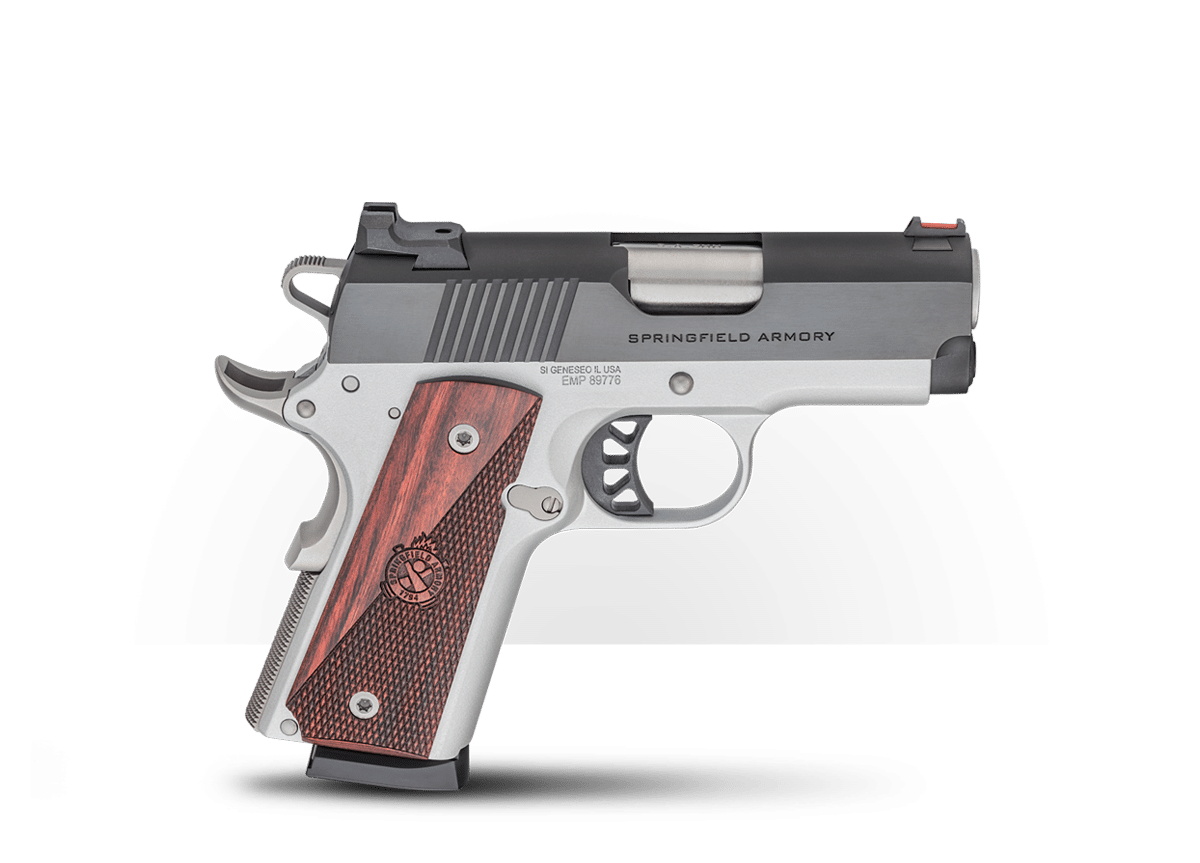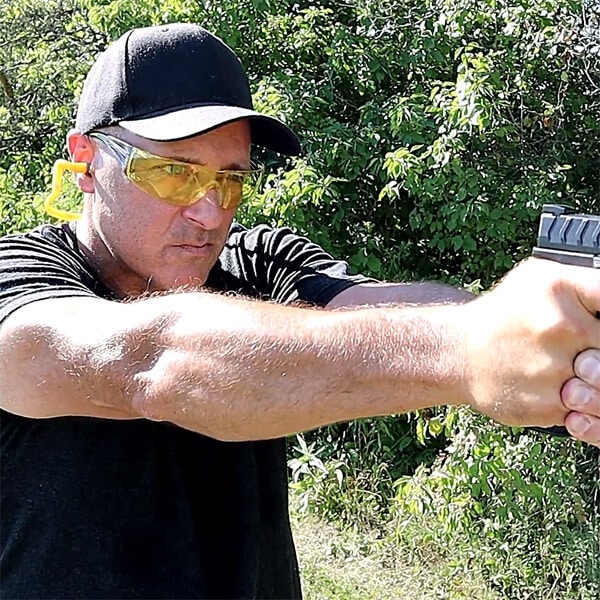One-handed shooting seems to be a lost art.
It is common to train with handguns using two hands. Two-handed shooting offers stability, increased precision and comfort. Shooters achieve their greatest accuracy with shooting while using both of their hands.
However, there are several scenarios where one-handed shooting is required. One may find themselves protecting a loved one with one hand and defending themselves with the other. Imagine walking down a staircase while standing on an uneven surface. Using an off-hand to grab a rail for stability and defending oneself with the other hand is a real possibility.
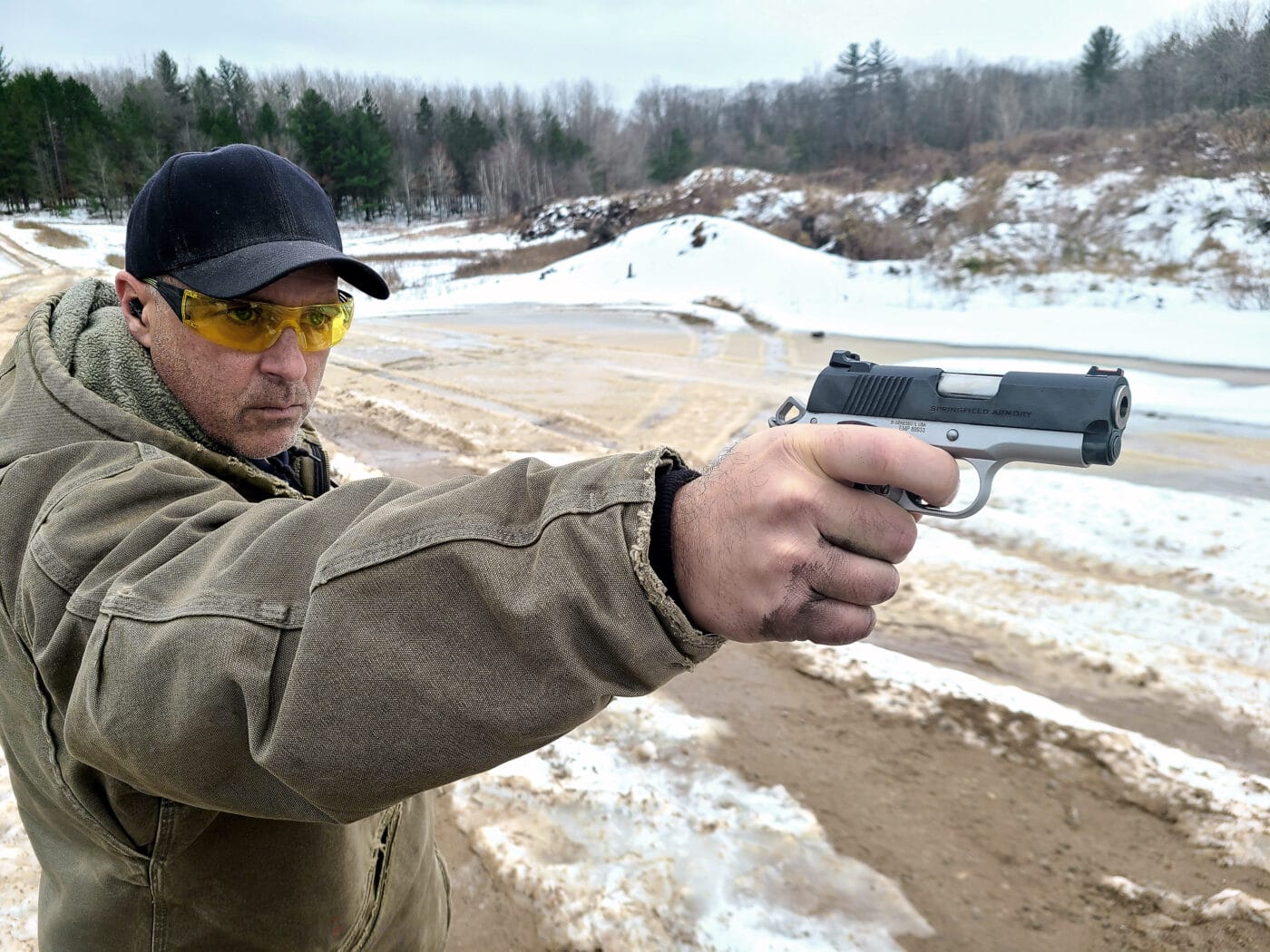
Worse yet, getting injured from a shot may leave the defender no choice but to engage using only one hand. The hypothetical defensive situations are endless. Therefore, it is imperative to train and gain confidence when shooting with the use of one hand.
Cant or No Cant
When shooting with only one hand, it is best to model similar mechanics used with two-handed shooting. There is no need to reinvent the shooting wheel; however, there are slight differences worth considering.
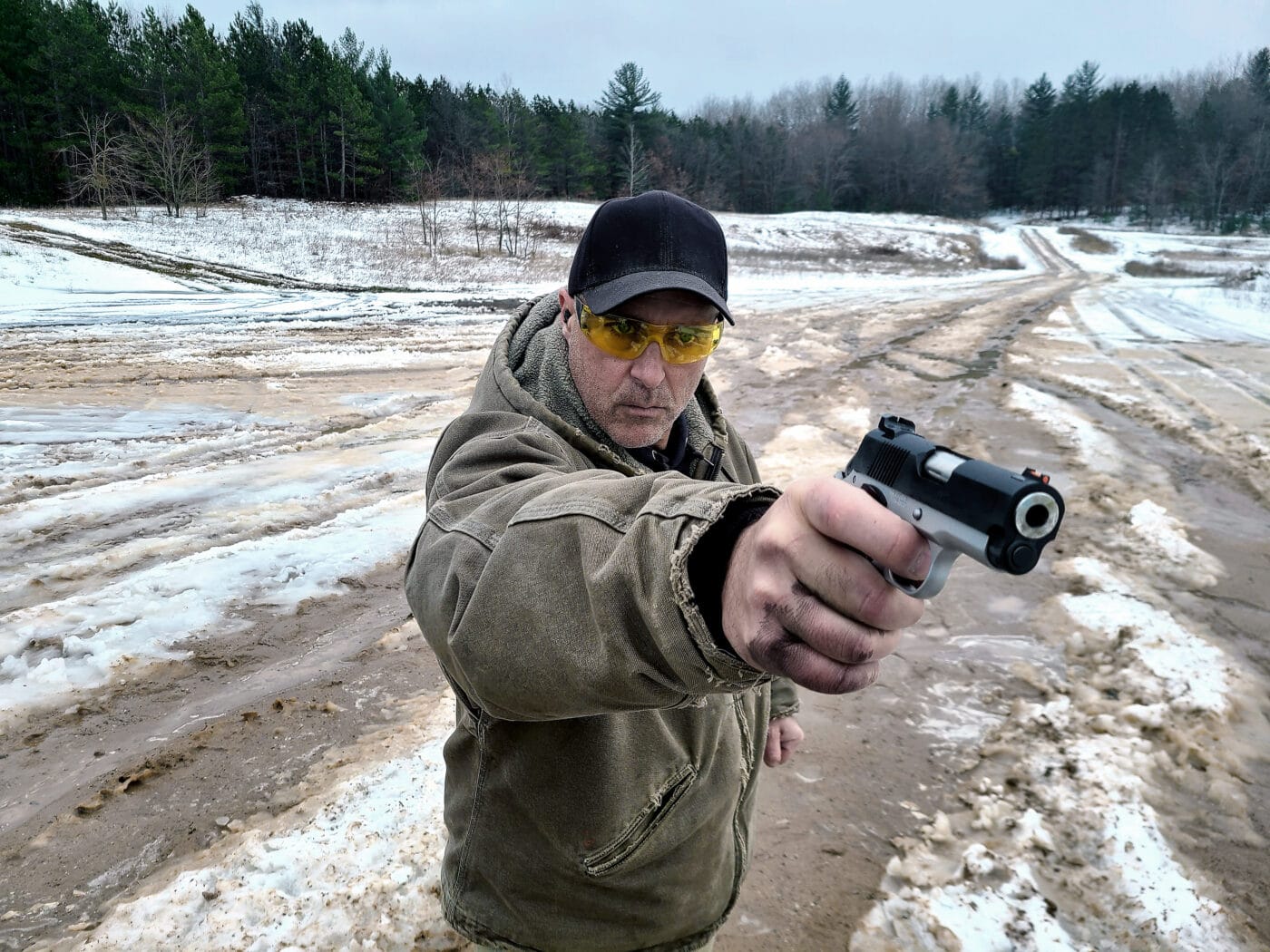
Thrusting the shooting hand forward while stepping with the same leg offers a stable, clear vision of the target. Some shooters turn sideways when shooting one-handed. I like to extend my right arm and my right leg while keeping my chest angled toward the target. I also prefer to slightly cant the pistol to align the sights. Some people may find it best to keep the handgun in a vertical position.
With practice, each shooter will determine which works best for them. I find that a slight cant of the pistol feels natural and aligns my sights, which gives me my best one-handed accuracy.
Get a Grip
A strong and tight grip on the handgun is essential for shooting accurately one-handed. While keeping a secure wrist, drop the shooting hand thumb to offer the most support around the entire grip.
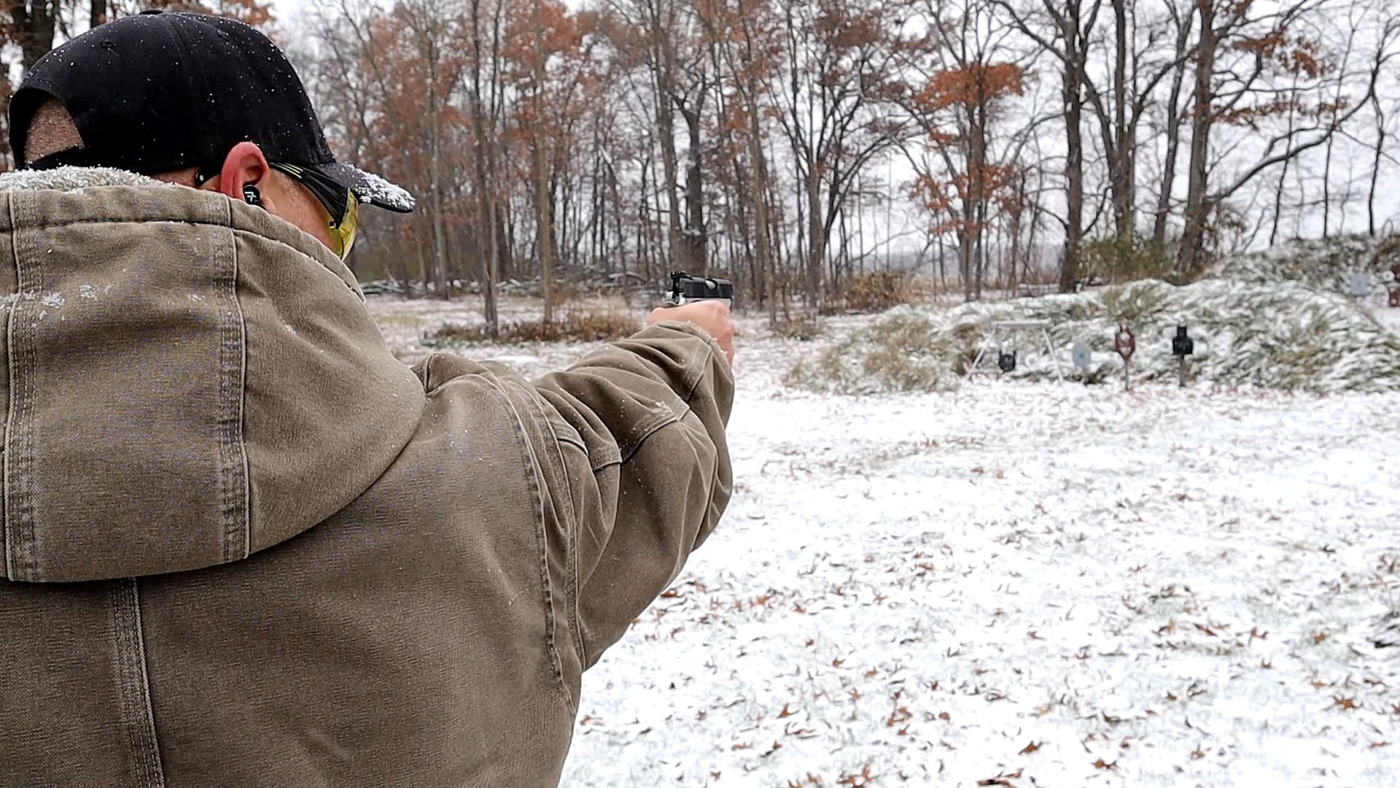
This concept goes against two-handed shooting where the thumbs are forward and raised. By dropping the thumb combined with a secure grasp, the pistol is solidly supported. Not only will a strong grip help with accurate shooting, but it will also prevent a system failure.
In a perfect world, we will use two hands to shoot. But, we will use one hand when we are forced to do so. Since we do not live in a perfect world, the last thing we need is a system failure.
Don’t be a Groupie
I think that too many shooters concern themselves with tight groups. I admit that a tight group will boost self-esteem. In defensive shooting, how much does it really matter?
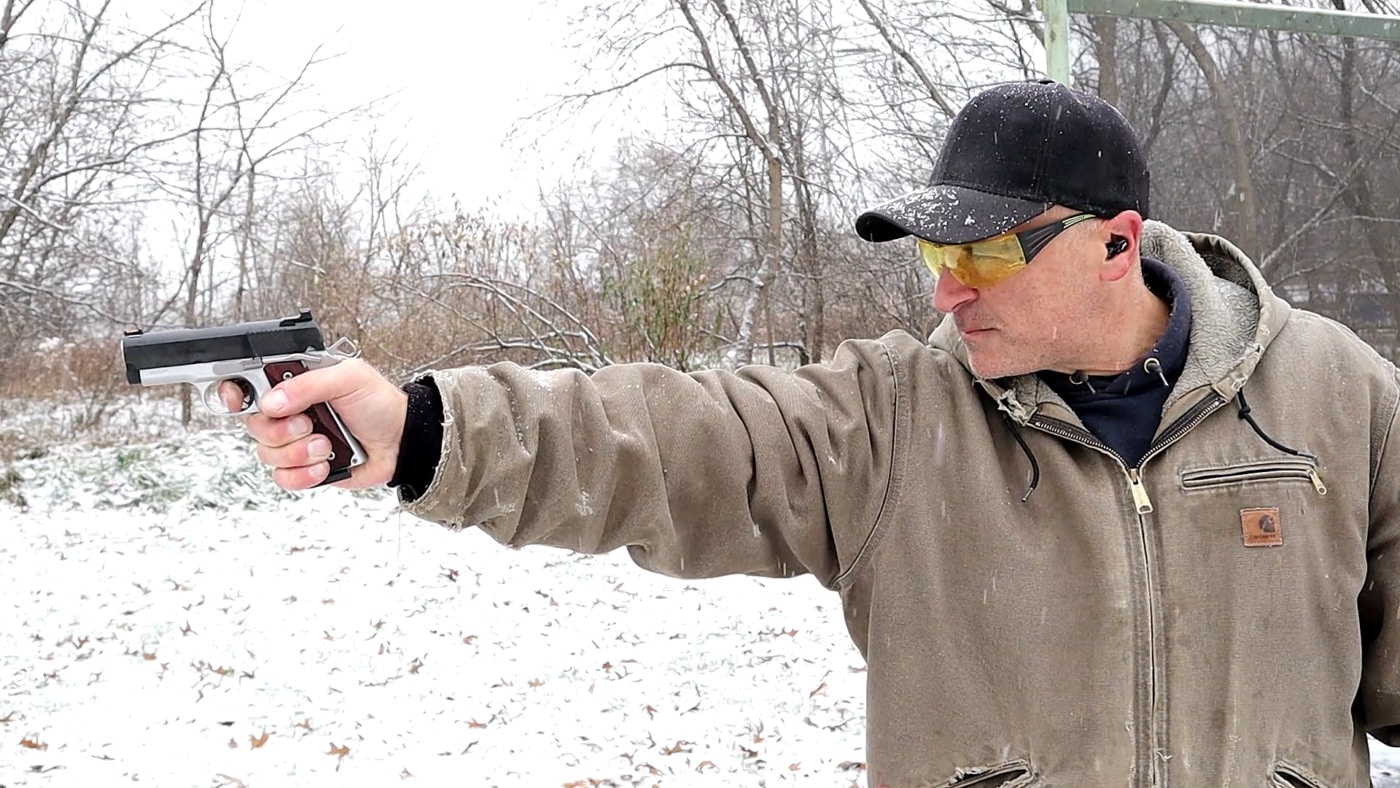
Some shooters believe a 3” group from 10 yards is a successful round of shooting. Although tight groups are great for bragging rights, they are not a necessity for defensive shooting. Any shot impacted on a silhouette target can be considered effective.
One-handed shooting will rarely achieve the same groupings compared to using both hands. Give yourself some grace and work up to precision. For those willing to put forth committed effort and energy, they will eventually see positive results.
Get Close and Personal
Now that we understand that we may never achieve the same accuracy with one-handed shooting, where do we begin? I feel it is best to begin training within five to seven yards of the target.
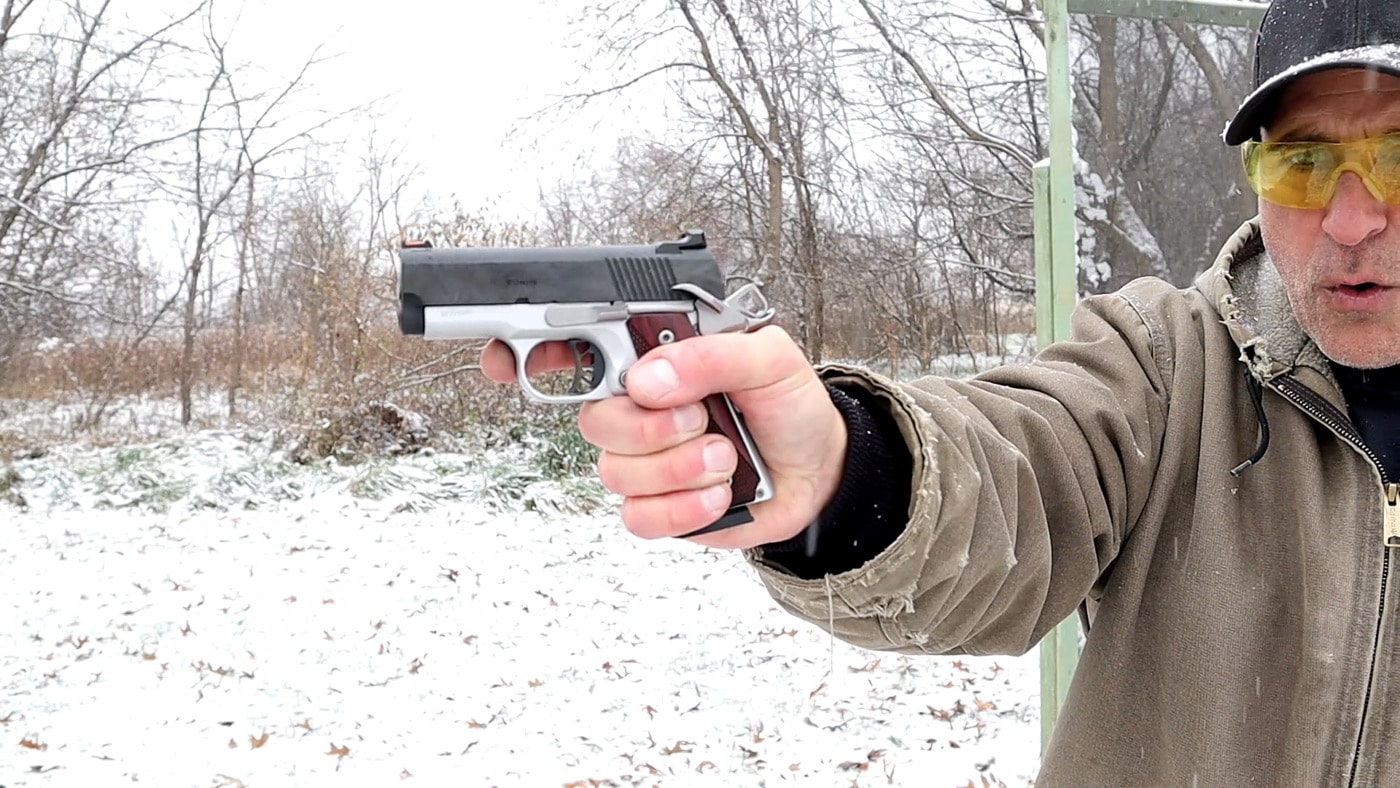
Without transitioning between targets, begin firing a full magazine at one stationary target. Then, evaluate the impacts and make the proper sight adjustments. Once the shooter becomes consistent, they should back up.
Eventually, begin to transition between targets. Shooting a gun with one hand is similar to shooting a basketball. Most players do not step on the court and make three-point shots. They take short shots, get into a rhythm and gain confidence. If we just took that approach when shooting, we would save a bunch of frustration and ammo.
Your Overlooked Option
Many shooters do not practice with their secondary hand. Yes, it is awkward and unnatural to shoot a pistol with the non-dominant hand. However, any good trainer will emphasize the importance of training under all potential circumstances. If we get shot in the primary arm or shoulder, we will be forced to engage with our secondary hand.
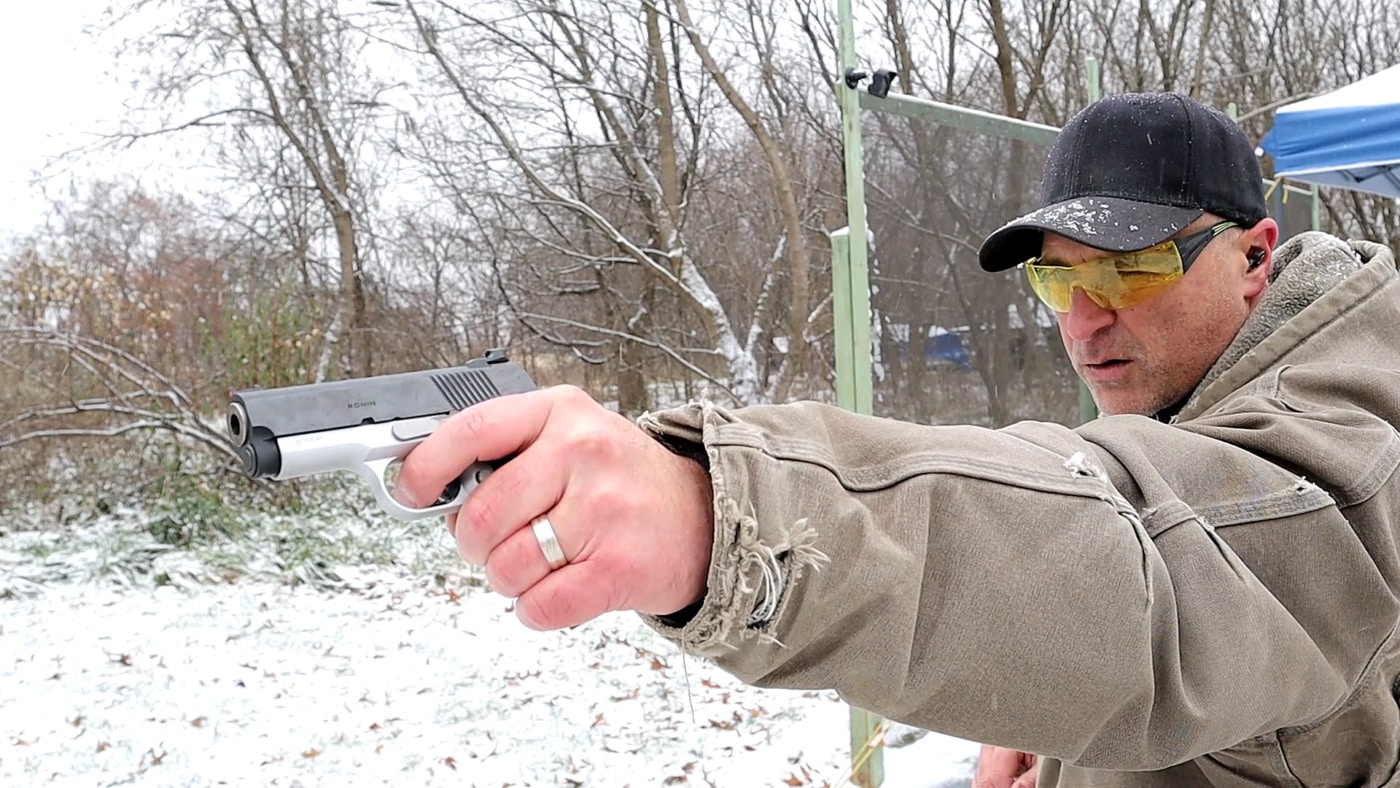
It is imperative that we train with our secondary hand while using the same one-hand mechanics we practiced with our primary hand. If you had to throw a ball with your non-dominant hand, you would struggle. Most likely, the ball would not go far and your accuracy would be lacking. After a few throws, you would make adjustments and eventually perform stronger.
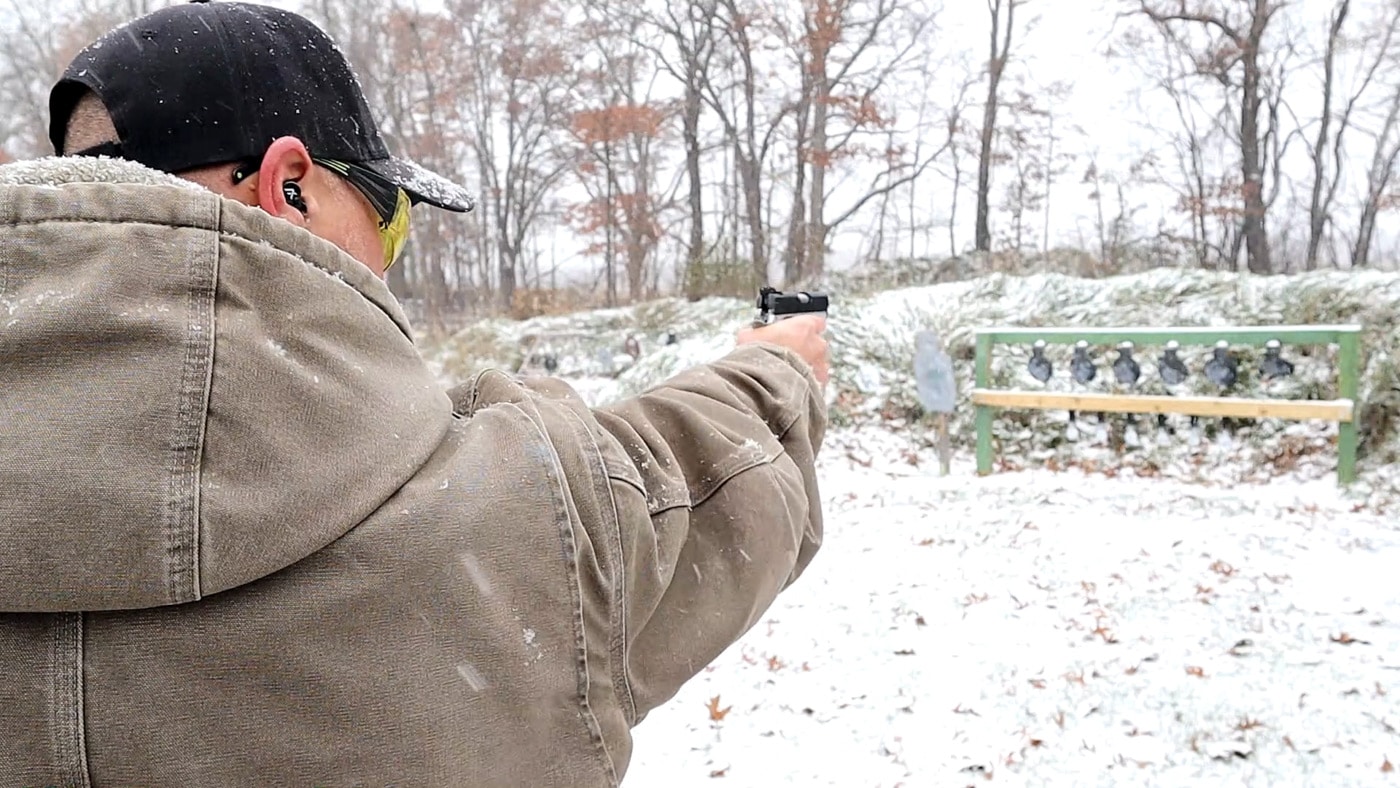
The same concept applies with secondary-hand shooting. The best way to improve with secondary-hand shooting is sending shots downrange. Be patient but persistent and observe your improvement as you go. Removing yourself from your comfort zone will make you a better all-around defensive one-handed shooter.
The Bottom Line
The bottom line is that we owe it to ourselves to give us every advantage possible. We cannot predict the future, and hardened criminals do not make appointments. We need to be ready to engage in all situations, and if that means engaging a threat with one hand, you better be darn well ready to do it.
Slow and steady wins the race. Then increase speed and distance as you go. Before long, you will be a quick and proficient one-handed shooter. In doing so, you will be an asset to your family and community.
Editor’s Note: Please be sure to check out The Armory Life Forum, where you can comment about our daily articles, as well as just talk guns and gear. Click the “Go To Forum Thread” link below to jump in!
Join the Discussion
Featured in this video
Continue Reading
Did you enjoy this video?

 405
405




